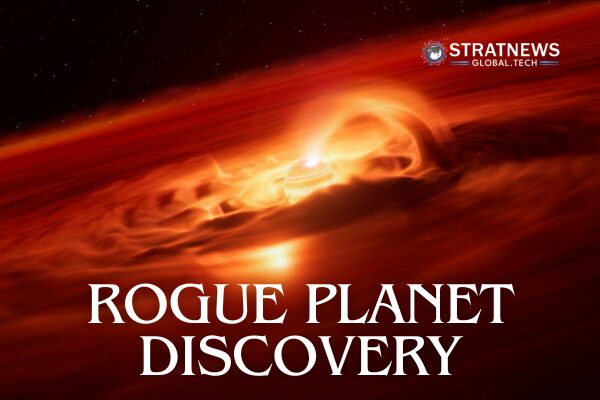A Young Rogue Planet Shows Star-Like Growth Burst
Just like Earth orbits the sun, most planets discovered beyond our solar system orbit a host star. Yet, some wander alone through space, known as rogue planets. These mysterious bodies have puzzled astronomers for years, but a recent discovery may help explain how they form and evolve.
Discovery of a Rapidly Growing Rogue Planet
Astronomers have identified a young rogue planet named Cha 1107-7626, about five to ten times more massive than Jupiter. This object was spotted in the middle of a powerful growth burst at the centre of a disk of gas and dust, consuming material at an astonishing rate. At its peak in August, it absorbed about six billion tons of gas and dust per second — roughly eight times faster than it did just months earlier.
Víctor Almendros-Abad, lead author of the study from the INAF Astronomical Observatory of Palermo in Italy, described the event as “extraordinary.” He explained that such behaviour mirrors the growth phases seen in young stars, showing that similar physical processes drive both star and planet formation.
Formation and Structure of Cha 1107-7626
The planet is estimated to be one to two million years old — very young by astronomical standards. Researchers believe it is nearing the end of its formation and will not gain much more mass. Strong magnetic fields appear to be channelling material from the surrounding disk inward, a mechanism typically observed only in stars.
Using the European Southern Observatory’s Very Large Telescope in Chile, scientists detected Cha 1107-7626 about 620 light-years away in the constellation Chamaeleon. Like other rogue planets, it is not bound to any star and drifts freely within our Milky Way galaxy.
Unravelling the Origins of Rogue Planets
Rogue planets, also known as free-floating planetary-mass objects, usually have a few times Jupiter’s mass. Their origins remain uncertain. Co-author Belinda Damian of the University of St Andrews noted that these bodies may form in two ways: either through the collapse of a cloud of gas and dust, like stars, or within a planetary system before being ejected into space.
Although Cha 1107-7626 is forming similarly to a star, it will never become one. It lacks the mass needed to ignite hydrogen fusion at its core. Instead, it sits between the definitions of planets and stars, much like brown dwarfs — celestial bodies with masses between 13 and 81 times that of Jupiter that can briefly burn deuterium.
This finding blurs the line between planets and stars, offering rare insight into the early stages of rogue planet formation. “It’s exciting because we usually think of planets as calm and stable,” Damian said. “Now, we see they can be as dynamic as stars when they are young.”
with inputs from Reuters


